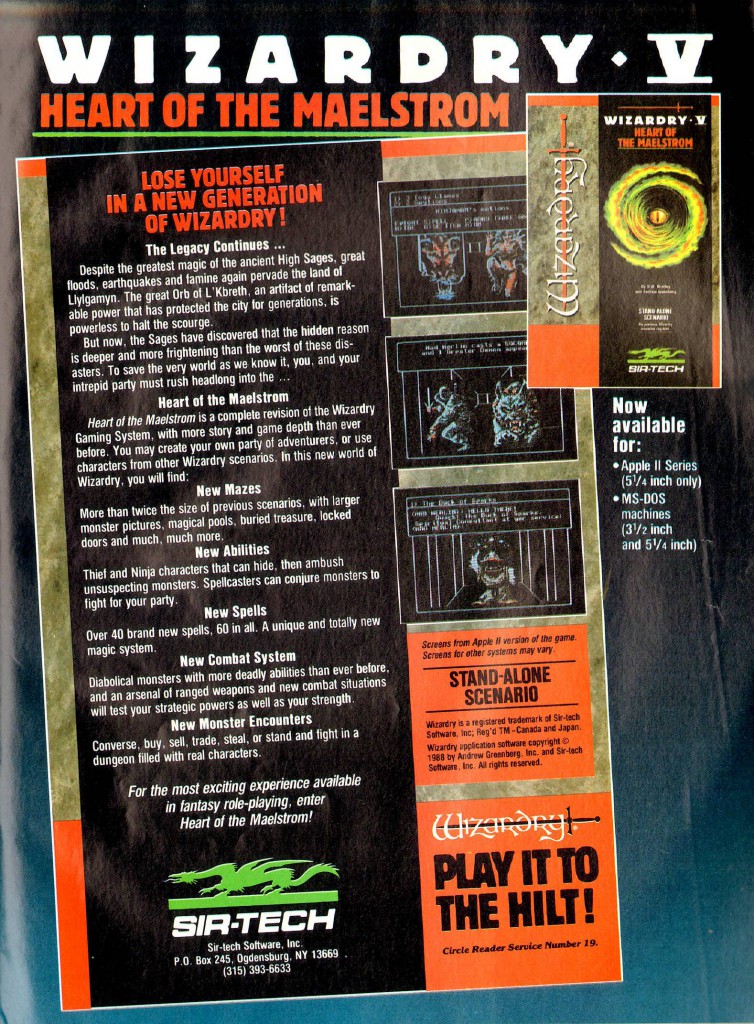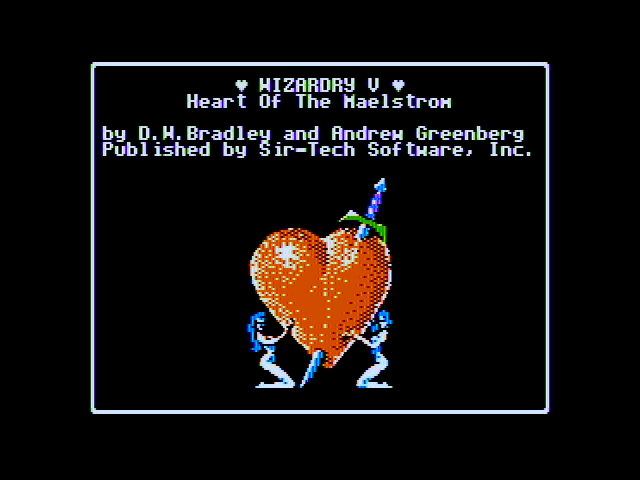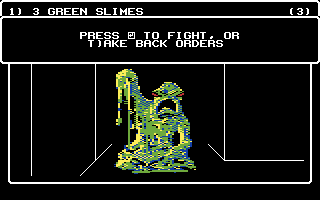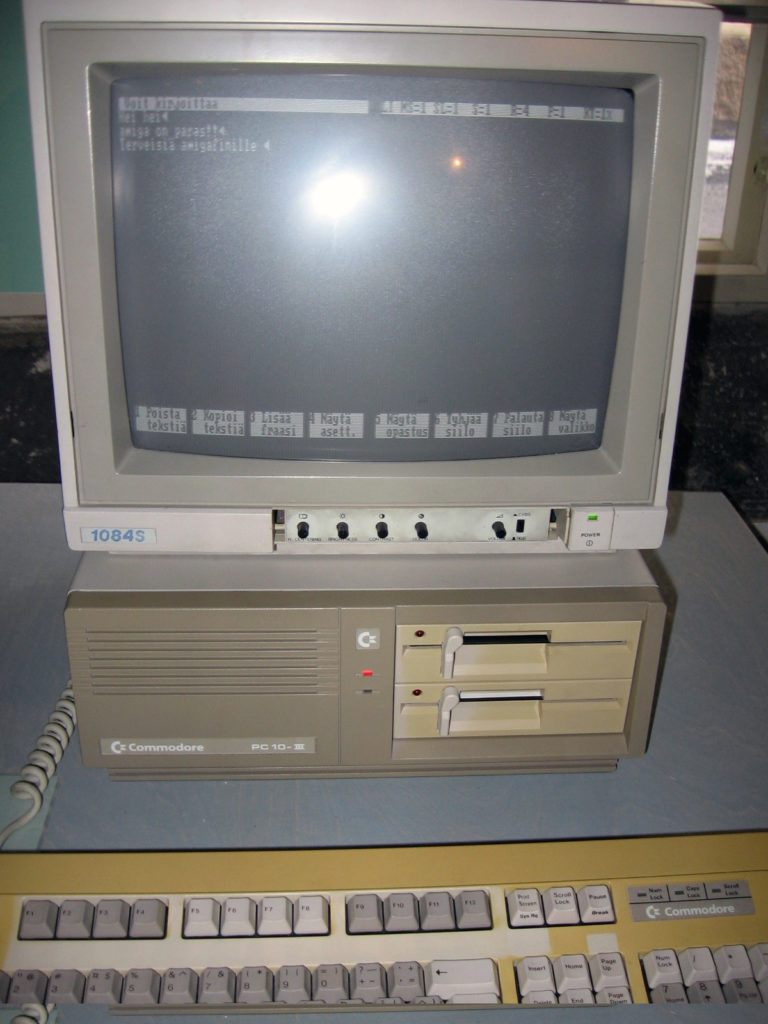IBM PCjr

The IBM PCjr (code name Peanut) was IBM’s first (and rather abysmal) attempt to enter the home computer market. While the IBM PC had come out a few years earlier, it was designed more as a small computer for businesses and was way too expensive to be a true competitor in the home market.
The PCjr shared the same processor (4.77 mhz 8088) and BIOS as the original IBM PC so it was mostly compatible. Two models were available, one having 64KB and the other having 128KB which were pretty typical amounts for the time (1984). It would have made a reasonable solution for home users that absolutely needed PC compatibility except for a few fundamental flaws.

First, the keyboard was horrible. It was a chicklet infrared design and for anyone who could actually type, it was less that desirable. Second, while the PCjr was mostly PC compatible it was not 100%. Certain choices for memory addresses and hardware interrupts could make some hardware and software designed for the PC fail to work properly on the PCjr. There were other hardware limitations as well such as being limited to only one floppy disk drive and using a non-standard monitor. Finally, while the PCjr was far less expensive than a regular PC, it was still expensive compared to other home computers. For instance, the Tandy 1000 was a much better choice for a machine of this class. An Apple II cost about the same but had far more hardware and software support at the time. The Commodore 64 was much cheaper and almost as capable (better in some ways, not quite as good in others). Any of these other choices made for better graphics and games which were important things for the home market.
Not surprisingly, the PCjr was a flop and while PC compatibles ultimately took over the world, it wouldn’t be with the PCjr. The PCjr was discontinued after only about a year on the market and 500,000 units shipped. These were disastrous number for IBM and well below the millions of computers sold by Commodore and Apple.
The ad above is from the July 1984 issue of Family Computing.





